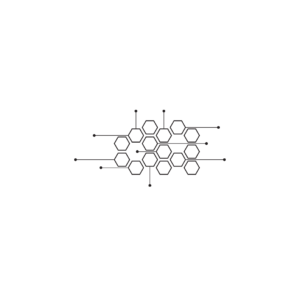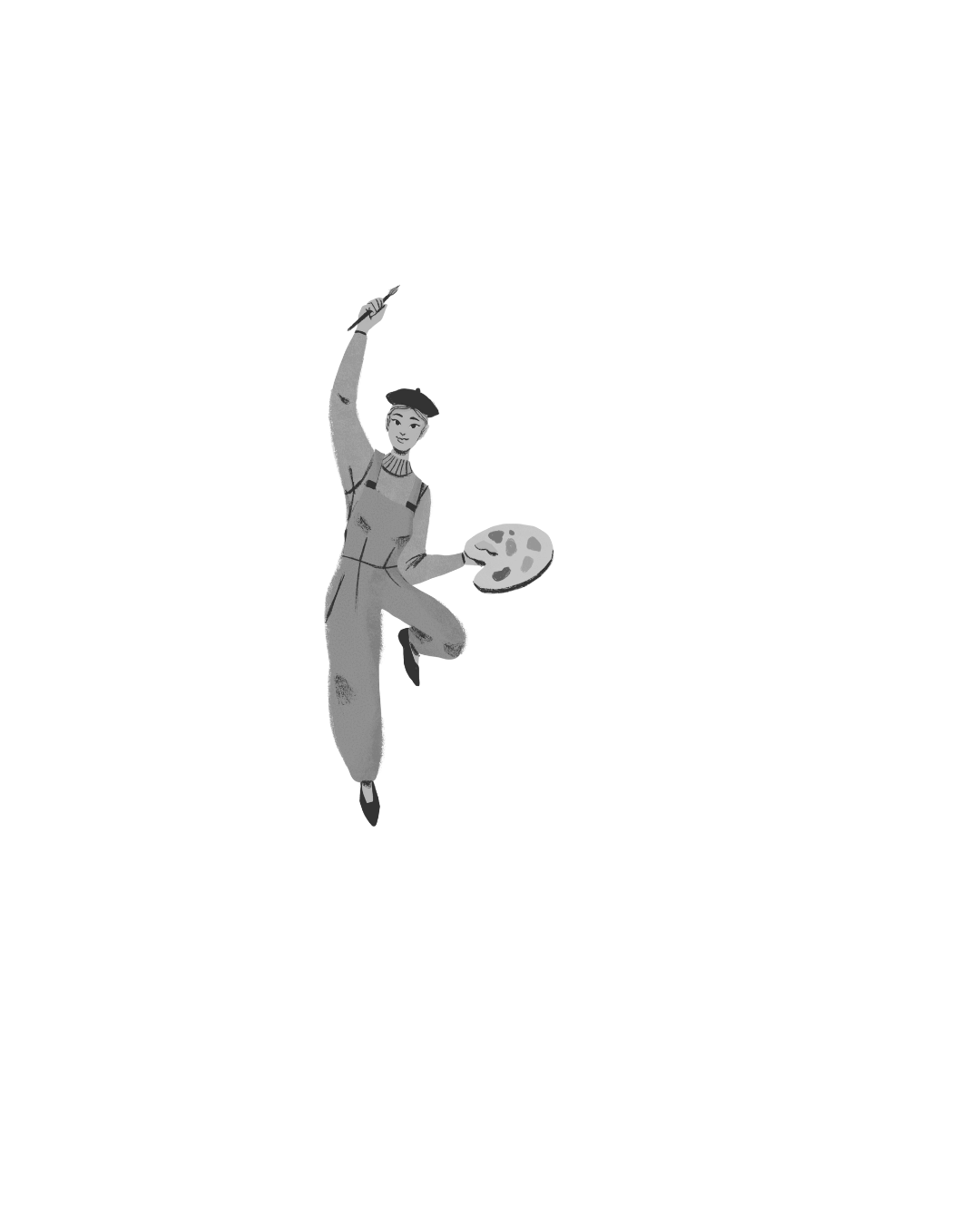Description
Overview of Bachelor of Vocation (B.Voc) in Texturing Artistry
The Bachelor of Vocation (B.Voc) in Texturing Artistry is a specialized program focused on equipping students with the skills and knowledge necessary to create textures for 3D models in various digital media, including video games, films, and animations. Texturing artists play a vital role in the visual development of characters, environments, and props, enhancing realism and detail in digital visuals.
Core Areas of Study in B.Voc in Texturing Artistry
Fundamentals of Texture Creation
Introduction to the principles of texturing, including the importance of materials, textures, and their role in 3D modeling and rendering.
3D Modeling Basics
Understanding the basics of 3D modeling to effectively apply textures to surfaces and understand how they interact with light and environment.
Texturing Techniques and Tools
Training in industry-standard software for texturing, including Adobe Photoshop, Substance Painter, and Autodesk Maya, focusing on practical applications.
Material Properties and Shading
Exploring different material properties such as color, reflectivity, roughness, and transparency, and their impact on the final rendered image.
UV Mapping
Techniques for UV mapping, which includes flattening 3D models into 2D space to accurately apply textures without distortion.
Procedural Texturing
Understanding procedural texturing methods, using algorithms to create textures dynamically based on mathematical functions rather than hand-painted methods.
Game Engine Integration
Learning how to implement and optimize textures within game engines such as Unreal Engine or Unity, ensuring compatibility and performance.
Portfolio Development
Guidance on creating a professional portfolio showcasing a range of texturing work, including samples of projects that demonstrate technical skills and creativity.
Curriculum Structure
A typical Bachelor of Vocation in Texturing Artistry program may include:
Core Courses: Subjects covering texturing fundamentals, UV mapping, material properties, and software training.
Practical Workshops: Hands-on sessions where students create textures for 3D models, using real-time feedback to refine their craft.
Internships: Opportunities to work with studios, gaming companies, or animation pipelines, gaining real-world experience and networking with industry professionals.
Admission Requirements
Admission to the B.Voc in Texturing Artistry program typically requires:
A high school diploma (or equivalent), with a strong emphasis on art, design, or computer graphics.
Some institutions may request a portfolio of artwork, specifically showcasing examples of textures, 3D models, or related projects.
Skills Developed in the B.Voc in Texturing Artistry Program
Graduates of the Bachelor of Vocation in Texturing Artistry will acquire essential skills, including:
Artistic Insight: Ability to create visually compelling textures that enhance the realism and artistic integrity of 3D models.
Technical Proficiency: Mastery of software tools and techniques specific to texturing, including UV mapping and procedural generation.
Attention to Detail: Strong focus on the intricacies of texture work, ensuring high-quality output that meets industry standards.
Problem Solving: Ability to troubleshoot texturing issues, including distortion, tiling, and performance optimization within engines.
Collaboration Skills: Capability to work effectively within teams, communicating ideas and collaborating with modelers, animators, and game developers.
Career Opportunities
Upon completion of the B.Voc in Texturing Artistry, graduates can pursue various career paths, including:
Texturing Artist
Creating textures for 3D models in video games, animations, and films, ensuring high-quality visual appeal.
Character Artist
Specializing in the texturing of character models, focusing on skin, clothing, and other surface details that add realism.
Environment Artist
Working to texture environments, props, and landscapes, creating immersive settings in games and films.
3D Modeler
While specializing in texturing, professionals may also be involved in the modeling process, creating models that need textures.
Game Artist
Contributing to the art and visual quality of video games, collaborating with other artists and developers to create cohesive visuals.
VFX Artist
Focusing on creating textures for visual effects in film and television, enhancing scenes with detailed and realistic elements.
Conclusion
The Bachelor of Vocation in Texturing Artistry program provides a comprehensive education that combines artistic creativity with technical skills, preparing students for a career in various aspects of digital media. With a strong emphasis on hands-on experience, collaboration, and industry-relevant practices, graduates are well-equipped to make a significant impact in the fields of gaming, animation, and visual effects. If you have any further questions about the B.Voc in Texturing Artistry or related topics, feel free to ask!









